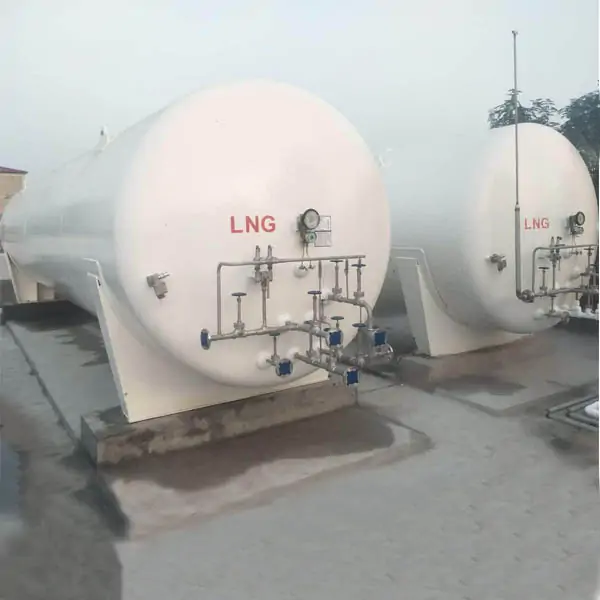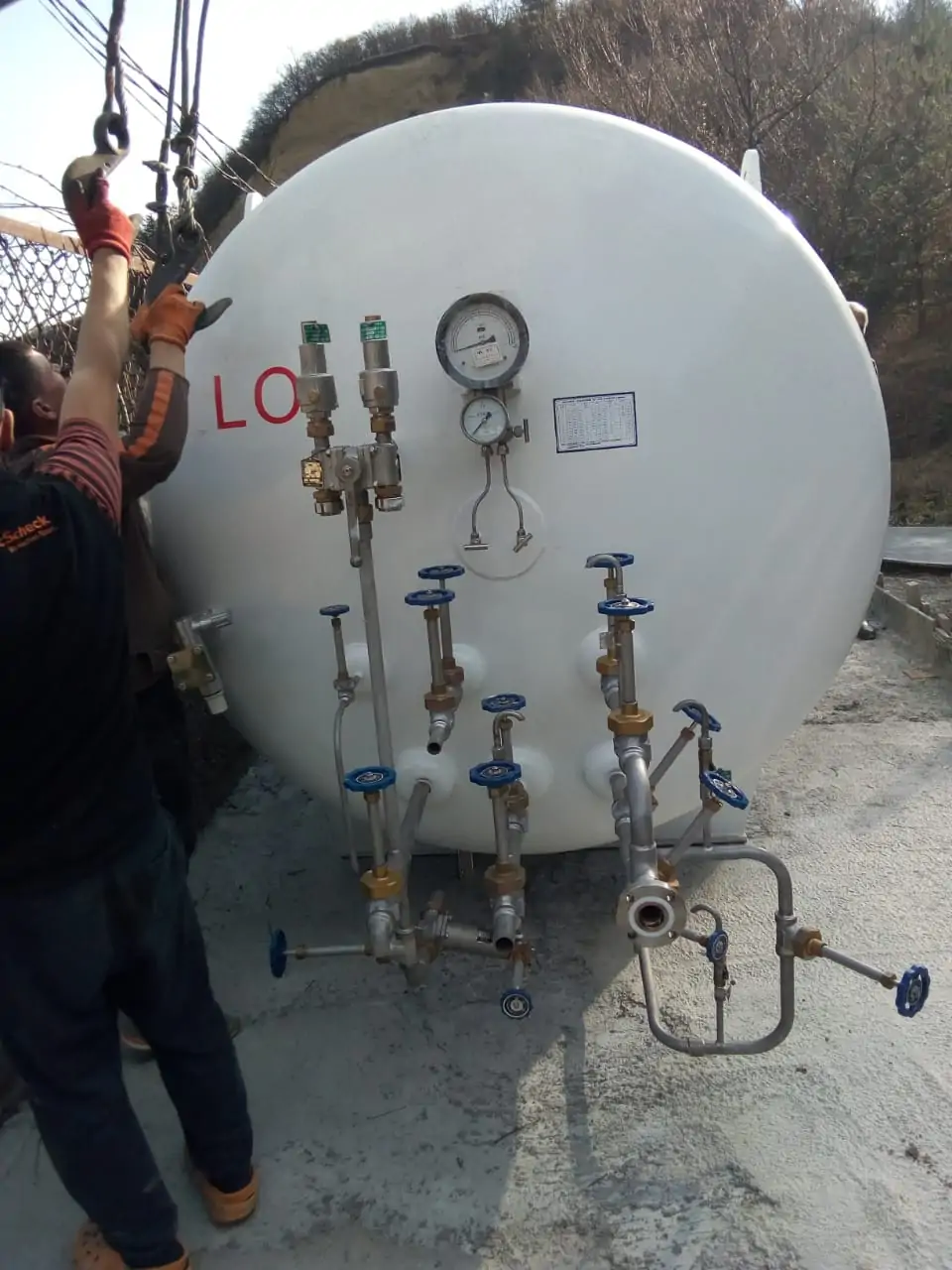Cryogenic Oxygen, Nitrogen, and Argon Storage Tanks: Purpose, Functions, and Applications(1)
Cryogenic Oxygen, Nitrogen, and Argon Storage Tanks: Purpose, Functions, and Applications
Introduction to Cryogenic Storage Tanks
Cryogenic storage tanks are specialized containers used for the storage of liquefied gases at extremely low temperatures. These tanks are designed to handle the challenges that come with storing substances such as liquid oxygen (LOX), liquid nitrogen (LIN), and liquid argon (LAR). Each of these gases has specific properties that require precise temperature management, typically below -150°C (-238°F), to maintain their liquid state. These cryogenic tanks are used across various industries including healthcare, manufacturing, food processing, and scientific research.
The Purpose of Cryogenic Storage Tanks
Cryogenic tanks are primarily used to store liquefied gases for long-term usage. These gases are critical in many industrial processes. Here’s a breakdown of the primary gases stored in cryogenic tanks:
Liquid Oxygen (LOX):
Oxygen is a vital element in many industries. It is used extensively in medical applications, including respiratory therapy, life support, and surgical procedures. It is also essential in industries such as steelmaking, where it plays a role in cutting, welding, and enhancing combustion processes. Liquid oxygen is stored at a temperature of around -183°C (-297°F).





































































































































